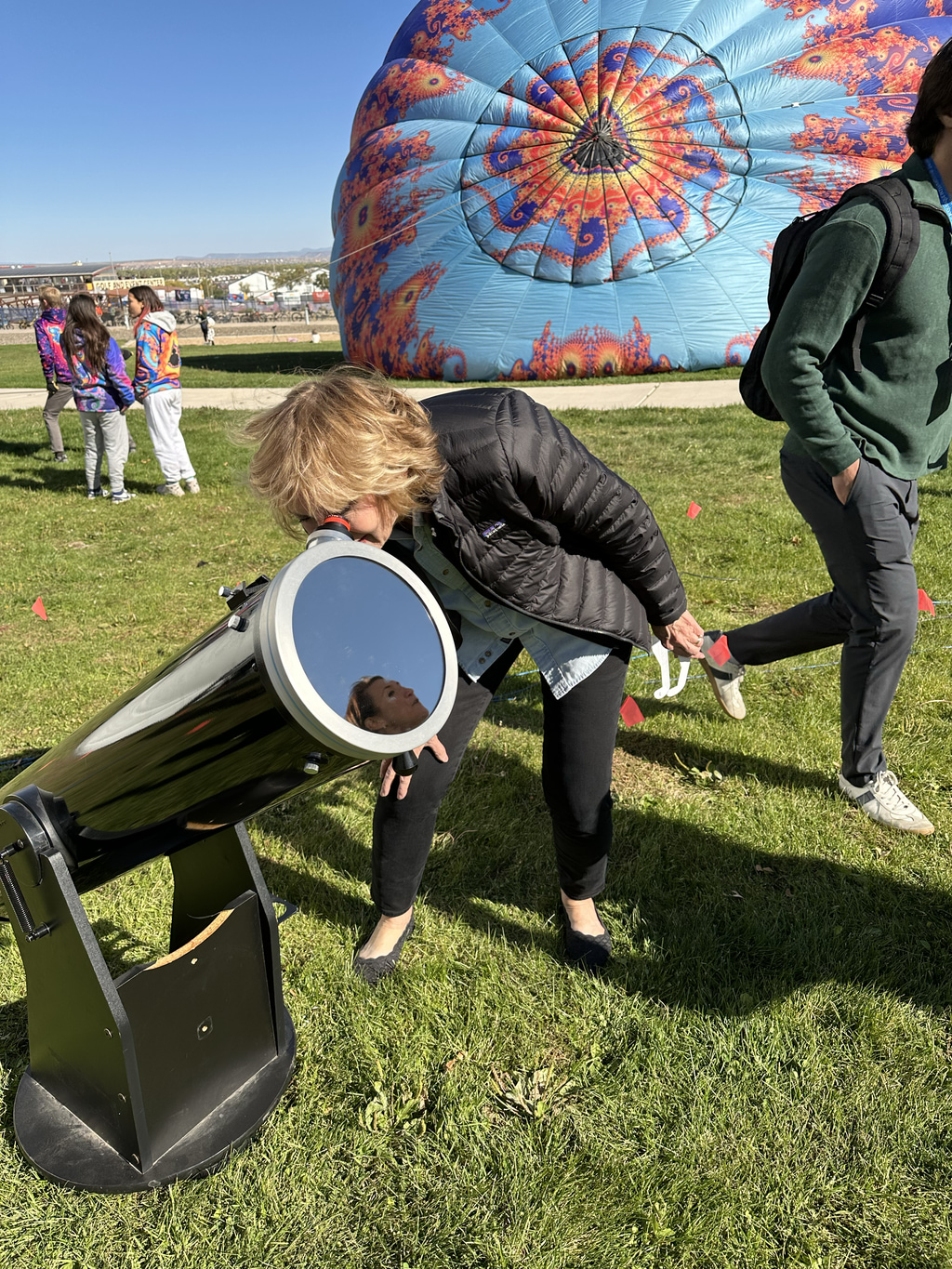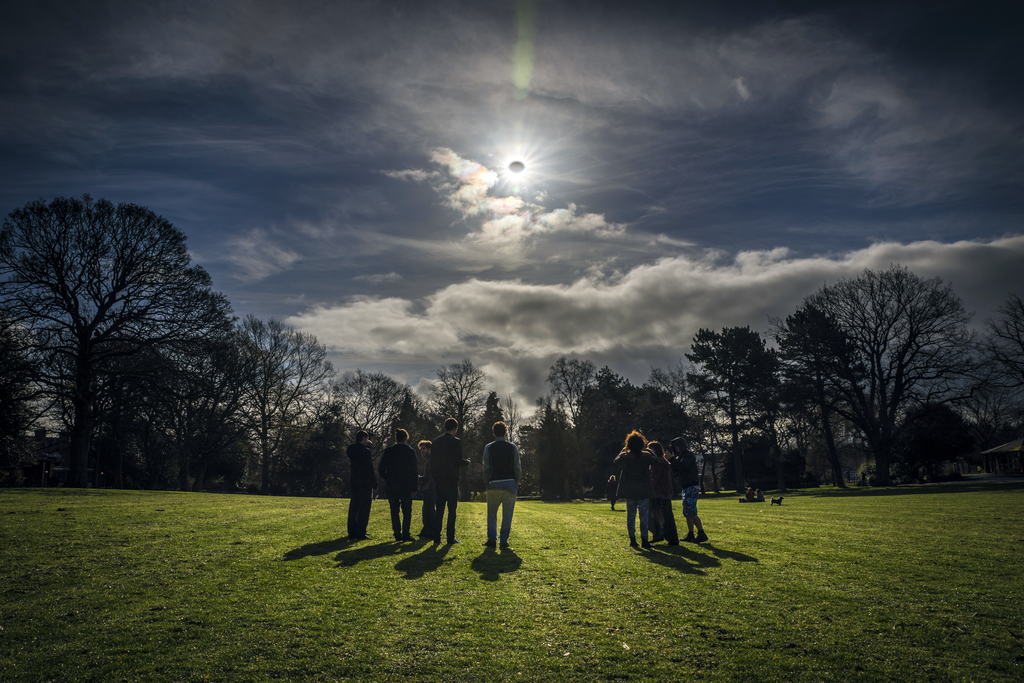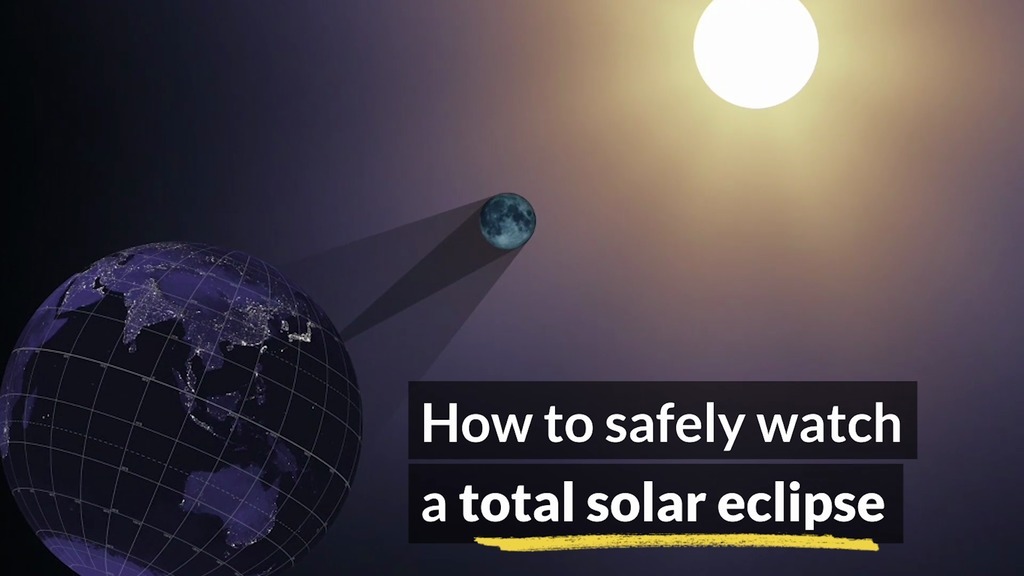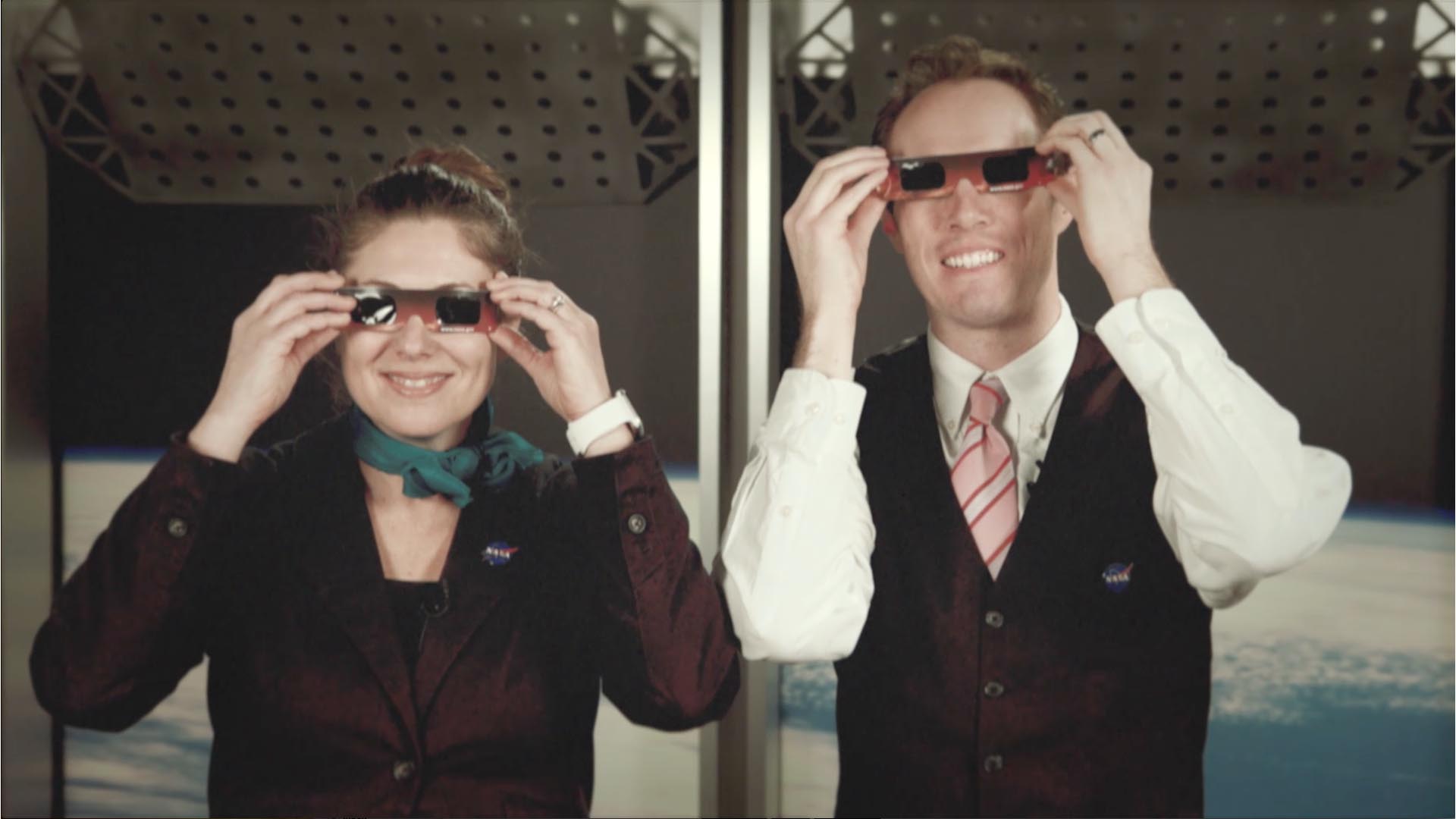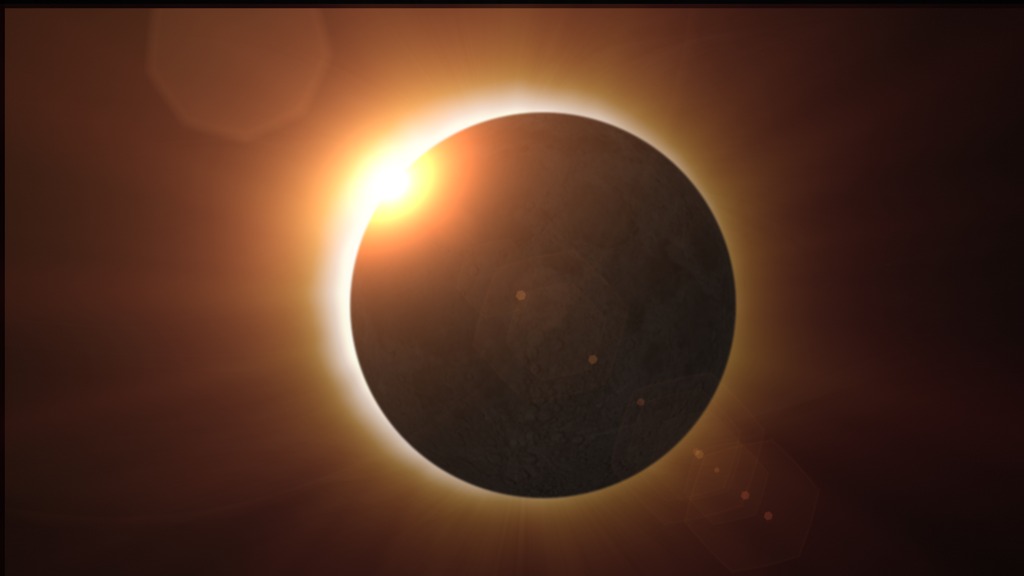Eclipse Safety

Learn how to watch the 2017 American Eclipse safely.
It’s common sense not to stare directly at the Sun with your naked eyes or risk damaging your vision, and that advice holds true on Aug. 21. The only safe way to look directly at the uneclipsed or partially eclipsed Sun is through special-purpose solar filters, such as eclipse glasses or hand-held solar viewers. Homemade filters or ordinary sunglasses, even very dark ones, are not safe for looking at the Sun. People who plan to view the eclipse should check to ensure their solar filters meet basic proper safety viewing standards. Solar viewing glasses should: have certification information with a designated ISO 12312-2 international standard; have the manufacturer’s name and address printed somewhere on the product; not be used if they have scratches or holes in the lenses; not be used with a camera, a telescope, binoculars, or any other optical device, as the concentrated solar rays will damage the filter and cause serious eye injury. More than 6,800 libraries across the U.S. are distributing safety-certified glasses, and the American Astronomical Society has a list of reputable vendors available at eclipse.aas.org. Watch the videos to learn more.
Explore what to expect during a total solar eclipse.
Learn more about eclipse glasses, pinhole cameras and other methods of watching the eclipse.

The U.S. Department of Transportation expects congested roads so plan to get to your viewing site early.

The solar eclipse of the sun will be visible across North America on Monday, August 21, 2017.
For More Information
See the following sources:
Credits
Please give credit for this item to:
NASA/GSFC
Image of kid wearing solar eclipse glasses courtesy of NASA/Bill Ingalls
-
Producers
- Jenny Hottle (NASA/GSFC)
- Genna Duberstein (USRA)
-
Scientist
- C. Alex Young (NASA/GSFC)
-
Writer
- Karen Fox (ADNET Systems, Inc.)
Release date
This page was originally published on Monday, August 7, 2017.
This page was last updated on Wednesday, May 3, 2023 at 1:47 PM EDT.
